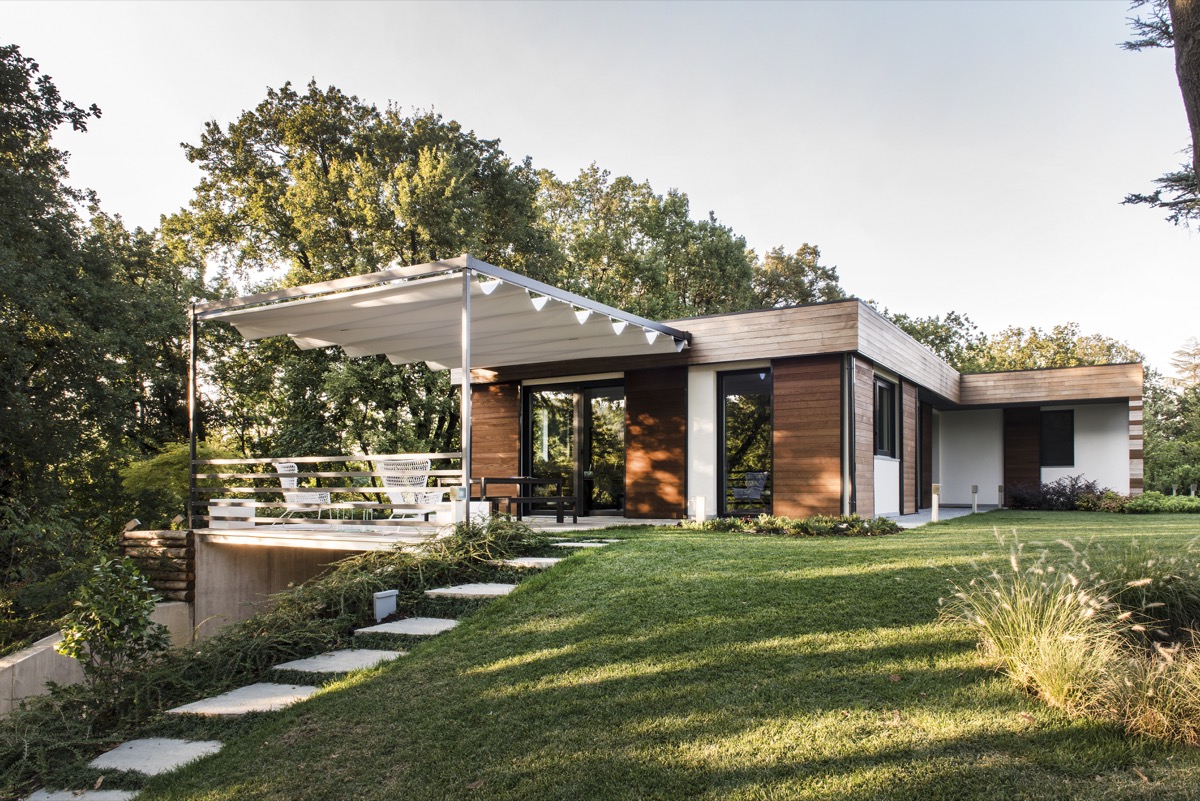News and Events
Zero-Emission Houses in the European Union: the “green revolution” in renovations

We are talking about the European Energy Performance of Buildings Directive, also known as the “Green Houses Directive”.
The aim of the provision, which is still being discussed and refined, will be to promote a greener future, through a number of provisional agreements that will impose on EU States a series of renovations to public and private buildings to make them more energy efficient and therefore less polluting.

For the Renovation Directive, which will go beyond the optimisation of building interiors and will also extend to outdoor spaces, there seems to be a shift towards different adjustments for EU Member States, which will have to adapt to meet the ambitious targets of zero-emission houses.
Let us look at them together:
1. Zero-Emission Houses: an early draft of the directive states that future building renovations should aim for more energy-efficient buildings and also the adoption of sustainable practices and materials in the interior and exterior spaces of homes.
The legislation, which is still in the process of being drafted, will aim to establish flexible national plans, according to which Member States will assess, on the basis of their national renovation plan (the Mep), which buildings and at what level they should be renovated.
Today, the legislation sets two time limits: by 2030, European States must achieve a fixed percentage (yet to be defined) of energy savings; by 2035, each State must present strategies with which to achieve a substantial number of zero-emission buildings by 2050.
The provision that all new buildings must be zero-emission from 2028 onwards would remain unchanged.

2. External Sustainability: Outdoor spaces are an important element for sustainability. From paving to lighting systems, everything must be designed with the aim of reducing environmental impact. The outdoor part of a zero-emission house will have to be designed with a focus on sustainability and energy efficiency: starting with the materials, such as flooring, walls and garden furniture, through to the structures and accessories using alternative energy systems for insulation, lighting and ventilation, everything in a building project will have to meet green criteria, which will ensure the reduction of CO2 emissions.
The choice of outdoor structures could significantly influence the design of zero-emission buildings. For example, the use of bioclimatic pergolas, which intelligently regulate shade and natural light, can help reduce the need for cooling and heating inside the building.

3. All-round green environments: For a greener future, green environments will require holistic design. High-efficiency LED outdoor lighting with daylight and motion sensors that reduce energy consumption. Vegetation will absorb CO2, improving air quality. Landscape design should favour sun exposure, provide natural shade and improve air circulation. Recycling and composting points will be the solution to reduce waste and promote the sustainability of materials.
The directive therefore represents a great opportunity for significant change, but it will pose major challenges for EU Member States, which, in addition to investing in research and development, will also have to train professionals in the construction and landscaping sector so that they can design and implement zero-emission outdoor spaces.

A milestone in the creation of a more sustainable future, therefore, which, when approved, will start with an adjustment that will take into account the specificities of each State and aim at flexible national plans and customised solutions for a greener future.
